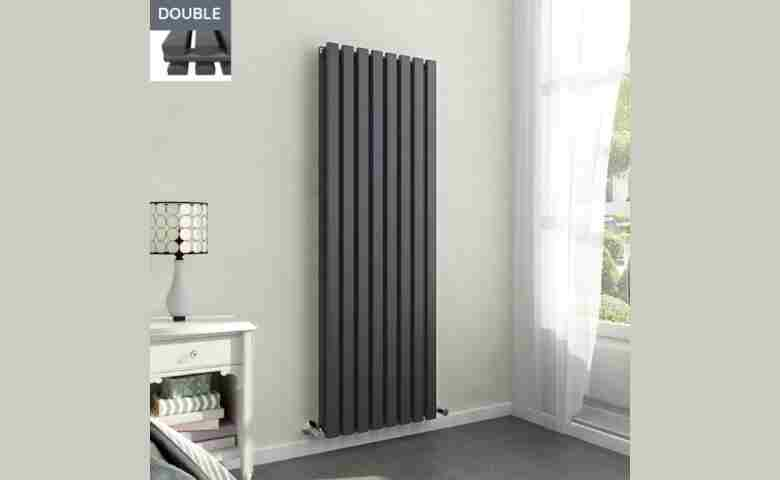Last Updated on March 29, 2024 by Admin
Insurance is an important thing for safeguarding your home and belongings. But figuring out if items like designer radiators are covered can be confusing. Should they go under buildings or contents insurance? This blog will help clarify their insurance status.
Table of Contents
Understanding Buildings and Contents Insurance:
Before diving into the specifics of radiator coverage, let’s understand the difference between buildings and contents insurance.
What is Buildings Insurance?
Home and buildings insurance is a type of insurance policy designed to protect the physical structure of your property against damage or loss. It covers the cost of repairing or rebuilding your home in the event of unforeseen incidents such as fire, flooding, storms, vandalism, or subsidence.
What buildings insurance cover:
Buildings insurance covers the structure of your property and its fixtures against various damages. Here’s what it typically includes:
- Structural damage: Repairs for walls, roof, floors, ceilings, caused by fire, storms, flooding, vandalism, or subsidence.
- Permanent fixtures: Built-in wardrobes, kitchens, luxury bathrooms.
- Weather damage: Protection from storms, lightning, floods, and snow.
- Leakage: Coverage for pipe leaks damaging the structure.
- Fire damage: Reimbursement for fire-related repairs, including smoke damage.
- Theft: Compensation for theft or vandalism to the property structure.
- Subsidence: Protection from ground movement.
- Falling objects: Coverage for damage from falling trees or objects.
- Frost damage: Reimbursement for burst pipes due to freezing.
What is Home Contents Insurance?
Home Content Insurance is a type of insurance policy that covers the personal belongings inside your home against theft, damage, or loss due to fire, water damage, or vandalism. It provides peace of mind knowing that your valuables are protected, allowing you to focus on enjoying your home without worry.
What contents insurance cover:
Here’s what it typically includes:
- Personal possessions: Furniture, clothing, electronics, appliances, and other items in your home.
- Damage or loss: Reimbursement for repair or replacement costs due to fire, flooding, storms, theft, vandalism, or accidental damage.
- Theft: Compensation for stolen belongings, including forced entry or burglary.
- Accidental damage: Protection against accidental damage like spills, breakage, or damage to furniture.
- Temporary removal: Coverage for items temporarily taken from your home, such as during travel or moving.
- Alternative accommodation: Reimbursement for living elsewhere if your home is uninhabitable due to covered events.
- Personal liability: Financial protection if someone is injured on your property or if you accidentally damage someone else’s property.
Are Radiators Covered by Buildings Insurance?
The coverage of radiators under insurance depends on whether they are considered fixtures or contents.
Generally, if radiators are fixed to the property, they’re likely covered by buildings insurance, part of the home’s structure. This includes both traditional and designer radiators attached to walls or floors.
If radiators are movable, they may be covered by contents insurance. For instance, portable heaters or radiator covers could fall under contents insurance.
Homeowners should review their insurance policy to know what’s covered by buildings versus contents insurance. If unsure, consulting the insurance provider or broker can provide clarification on radiator coverage and other items in the home.
Finally, navigating the complexities of insurance coverage for designer radiators requires careful consideration of your policy’s terms and conditions. By understanding the nuances of buildings and contents insurance and the impact on radiator coverage, you can ensure that your home remains protected against unforeseen events.
FAQs
Does a kitchen come under buildings or contents insurance?
The kitchen’s fixtures, such as built-in cabinets and countertops, are typically covered by buildings insurance as part of the property’s structure. However, contents insurance may cover movable items like appliances and kitchenware inside the kitchen.
Do Designer Radiators Give Good Heat?
Designer radiators can provide efficient heat distribution while also adding aesthetic appeal to a room. However, the heat output may vary depending on the specific design and specifications of the radiator.
Is covering or building in radiators a good idea?
Covering or building in radiators can help enhance the aesthetic appeal of a room by integrating them seamlessly into the design. However, it’s essential to ensure proper ventilation and access for maintenance to prevent overheating and ensure efficient heat distribution.


